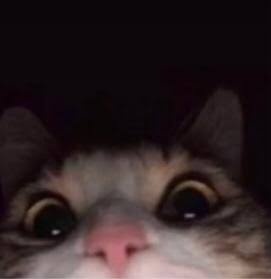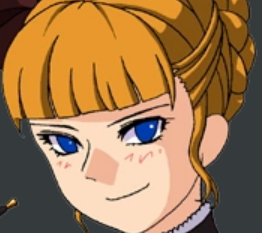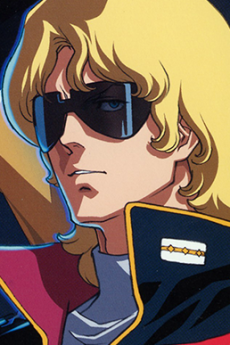Let's start with Deinocheirus. When i was a kid, all we knew about Deinocheirus mirificus was that it had fuckoff huge arms. Because the only known fossil were these two giant arms in the pic, and some smaller parts like ribs and partial vertebrae. They were discovered in 1965, by Poland's most prolific paleonthologist, Dr. Zofia Kielan-Jaworowska, who led a series of joint Polish-Mongolian expeditions into the Gobi desert, where they uncovered this partial skeleton in a formation from the late cretaceous period, about 70 million yeras ago. For the rest of the 20th century, these were the only known remains of Deinocheirus and it remained mysterious how the rest of the animal looked like, or how enormous it truly was.
Well, now we know. A couple years ago, scientists in Mongolia found evidence of a Deinocheirus fossil stolen by poachers in a quarry in the Gobi desert. As usual, the poachers had stolen the skull and claws, as these parts fetch the highest prices on the black market. Fossil traders in Europe went looking around and could eventually find the missing parts in a private collection in Germany. A museum in Belgium bought them and restituted them to Mongolia, and it was finally revealed how Deinocheirus actually looked. It was a massive creature, the full grown specimen reaching a length of 11m. And surprisingly, it looked like this , or maybe like this if it had feathers. In either case, completely unlike all its relatives: a giant, hump-backed ornithomimosaur with a wide, flat beak and a massive and extremely deep lower jaw - pretty much like a hadrosaur. It inhabited wetlands comparable to today's Okawango delta in Botswana, most likely feeding on water plants it sucked in with its giant tongue. Fish scales found in the stomach show that it probably didn't mind some small animals in its diet, either. The hip anatomy shows it was a slow runner, relying on its large size for protection from predators like Tarbosaurus (from which there are healed bite marks on the earliest found skeleton). The extremely long arms could have made for very useful digging tools in the soft ground, they could have helped with pulling plants out of the water or they may have made good defensive weapons.
I'm making this a daily thing. So far, i've got Sinosauropteryx , Spinosaurus and Microraptor , but there's more to come. I've seen others dinoposting as well, and i'm all for it.



